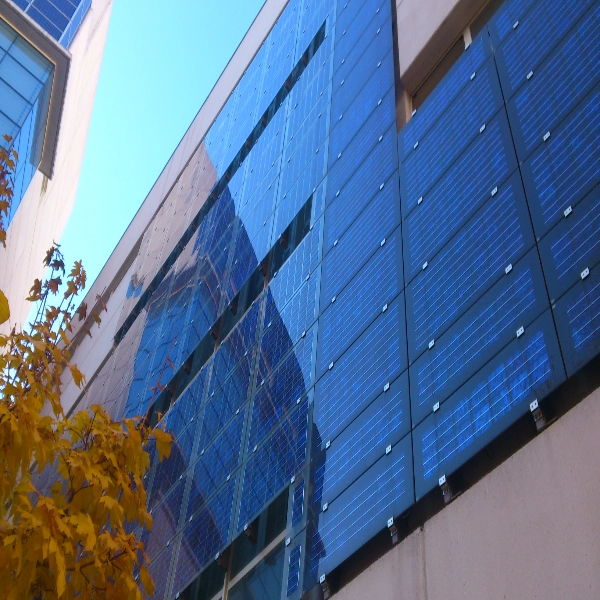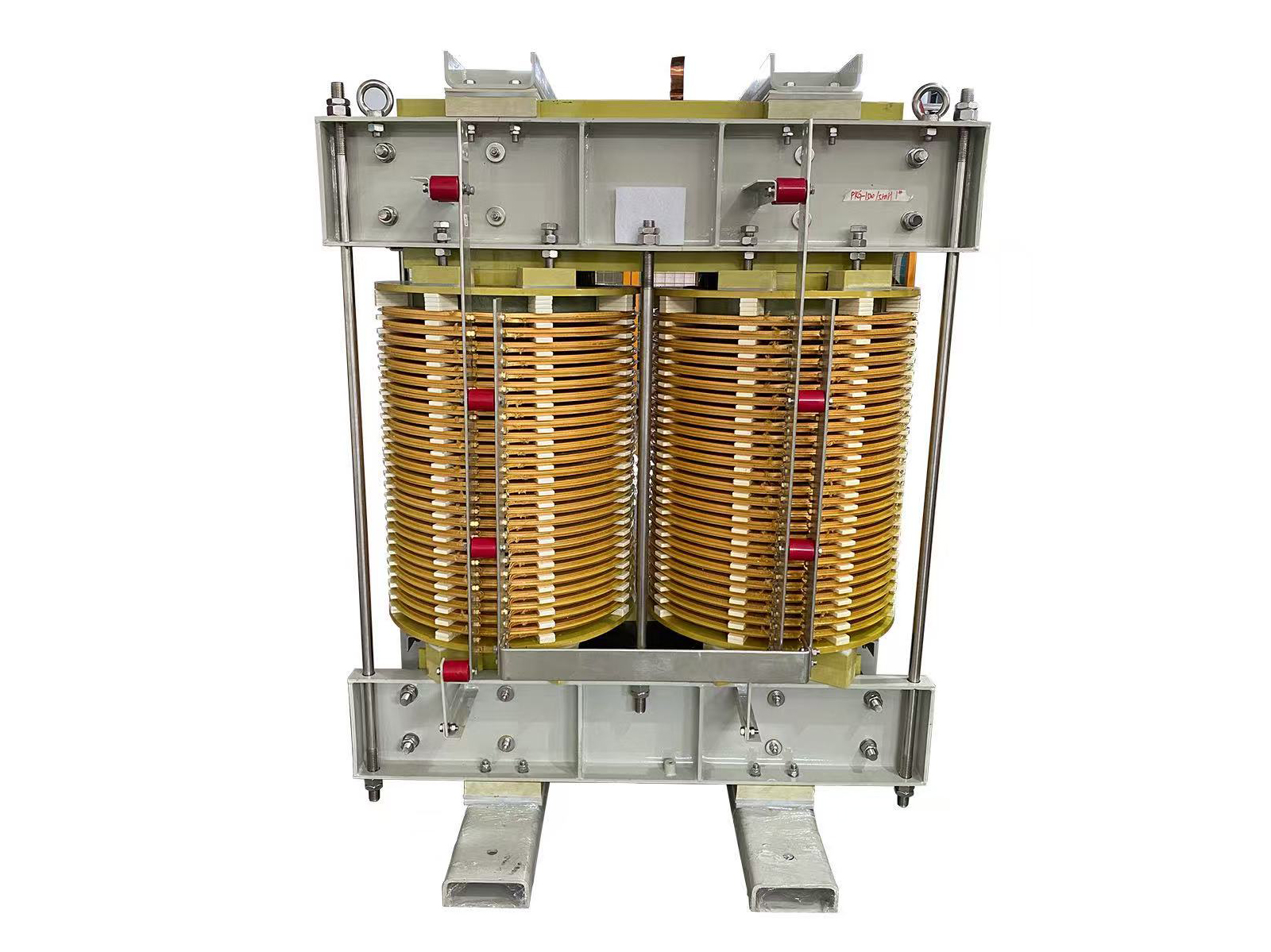BIPV solar panel installation guide

With the rise of green building concepts and the advancement of sustainable development goals, building-integrated photovoltaic (BIPV) technology is gradually becoming an important part of modern architecture. BIPV solar panels can not only effectively use the surface of buildings for solar power generation, but also provide green energy for buildings without affecting the beauty of the buildings. This article will introduce in detail the installation process, precautions, and post-installation maintenance management of BIPV solar panels to help architects, construction workers, and owners correctly understand and apply BIPV technology.
1. What is a BIPV solar panel?
BIPV (Building Integrated Photovoltaics) solar panels are a technology that integrates solar power generation systems with building structural design. It can directly integrate traditional photovoltaic panels into the facade, roof, windows or walls of a building, and complete energy production and aesthetic design as a component of the building.
Compared with traditional photovoltaic systems, BIPV solar panels have the advantages of being more beautiful, space-saving, and able to improve the energy efficiency of buildings. The BIPV system not only solves the problem of insufficient space, but also effectively reduces the energy consumption of buildings, further promoting the development of green buildings.

2. Installation process of BIPV solar modules
The installation of BIPV solar modules is different from traditional photovoltaic systems because it involves many factors, such as building design, structure, and selection of facade materials. The following is the basic process of installing BIPV solar modules:
2.1 Project planning and design
Before installing BIPV solar modules, detailed project planning and design are required first. This stage includes building surface selection, photovoltaic system configuration, power demand analysis, and architectural aesthetic design.
Building surface selection:
The installation location of BIPV modules is very critical. Generally speaking, roofs, exterior walls, windows, etc. can be used as installation locations for BIPV modules. However, different surfaces have different solar radiation and illumination conditions, so a detailed solar radiation assessment is required to determine the most suitable location for installing BIPV modules.
PV module configuration:
During the planning process, designers need to select appropriate photovoltaic modules based on the building's energy consumption requirements and available solar resources. It is very important to choose the right module model and installation method to ensure the efficiency and reliability of the system.
Architectural aesthetics:
The appearance design of BIPV solar modules is also one of the key considerations. Since the BIPV system not only has the function of generating electricity, but also serves as the facade of the building, its appearance design needs to be coordinated with the architectural style. According to the design style of the building, choose the appropriate solar panel materials and colors to avoid affecting the beauty of the building.
2.2 Component preparation and material procurement
After completing the design planning, the next stage is component preparation and material procurement. This includes the procurement of all necessary installation materials such as photovoltaic panels, electrical connection equipment, and support systems.
Photovoltaic panels:
Choosing efficient and durable photovoltaic panels is the key. Common BIPV component types include thin-film photovoltaics, monocrystalline silicon photovoltaics, and polycrystalline silicon photovoltaics. Choose suitable photovoltaic panels according to the design requirements and budget of the building.
Support system:
The support system of BIPV components is different from that of traditional photovoltaic systems. The support needs to be closely integrated with the building structure and have high durability and stability. The design of the support system needs to take into account factors such as the building's load-bearing capacity, wind resistance, and waterproofing.
Electrical equipment:
The BIPV system needs to be equipped with appropriate electrical equipment, including inverters, battery energy storage systems (if any), cables, and wiring equipment, etc. These devices will be used to collect, convert and store electricity generated by solar energy.
2.3 Installing the bracket system
The bracket system is a key part of the installation of BIPV modules. Correctly installing the bracket system not only ensures the stability of the photovoltaic modules but also affects the long-term performance of the system. During installation, the brackets must be laid out according to the design drawings to ensure a close connection between them and the building structure.
The installation of the bracket system requires special attention to the following points:
Structural safety: The bracket must be firmly fixed to the structure of the building to ensure the safety of the system in bad weather.
Waterproofing: When installing the bracket, special attention should be paid to the waterproofing of the joints to avoid water leakage.
Accurate positioning: During installation, ensure that the angle and direction of the bracket meet the design requirements to maximize the power generation efficiency of the photovoltaic module.
2.4 Installing BIPV solar modules
After the bracket is installed, you can start installing the BIPV solar modules. The installation of BIPV modules requires that the photovoltaic panels are tightly combined with the bracket system and that the appropriate spacing is maintained to ensure sufficient light.
When installing BIPV modules, the following steps should be followed:
Fixing of photovoltaic modules: Install the photovoltaic modules on the bracket and ensure that they are firmly fixed.
Electrical connection: Connect the electrical interface of the photovoltaic module to the inverter and power distribution system. When making electrical connections, it is necessary to ensure that the wiring is correct and use appropriate cables and electrical equipment.
Battery energy storage system (if any): If the system design includes energy storage equipment, the battery needs to be connected to the photovoltaic system to ensure energy storage and conversion.
2.5 System debugging and testing
After completing all installation work, the system needs to be debugged and tested. This stage mainly checks the working status of the system, ensures that all electrical connections are normal, and performs power tests to ensure that the power generation efficiency meets the design requirements.
During the test, the following aspects are mainly included:
Electrical test: Check whether all electrical connections are firm and safe, and whether the current and voltage are within the normal range.
Photovoltaic module inspection: Ensure that the performance of each photovoltaic module is normal to avoid inefficient power generation due to improper installation.
System performance test: Perform actual power generation tests to ensure that the system can generate electricity stably and efficiently.
2.6 Completion, acceptance and maintenance
After installation and debugging, the BIPV solar module system is officially put into use. At this stage, the construction party should complete the acceptance with the owner to ensure that the system meets the design standards and meets the expected power generation effect.
Later, system maintenance is also a very important part. After the BIPV components are installed, regular inspection and maintenance can extend the service life of the system and maintain its efficient operation. Common maintenance work includes:
Cleaning photovoltaic components: Clean the photovoltaic panels regularly to prevent dust and dirt from affecting the power generation efficiency.
Inspect electrical equipment: Regularly check the status of inverters, batteries, and electrical lines to prevent equipment aging or damage.
System performance monitoring: A remote monitoring system can be used to view the system's power generation data in real time, detect problems in time, and repair them.
The installation of BIPV solar components is a complex and systematic project involving multiple links such as building design, structural safety, electrical connection, and component installation. Correct installation can not only ensure the efficient operation of the BIPV system but also improve the overall energy performance of the building. With the continuous development of BIPV technology, it will become an important driving force for the green transformation of the construction industry in the future. Through the installation guide in this article, I believe that readers can better understand the installation process of BIPV solar components and help achieve sustainable buildings.
As a BIPV solar module company, we are committed to providing efficient and environmentally friendly building-integrated photovoltaic solutions. We not only provide high-quality BIPV modules, but also provide customers with a full range of services from design planning to system commissioning to ensure efficient and safe operation of the system. Our goal is to promote the popularization and development of green buildings through innovative technologies and create long-term economic and environmental benefits for customers.
www.fgnexsolar.com
Wuxi Fgnex Technology Co., Ltd.
